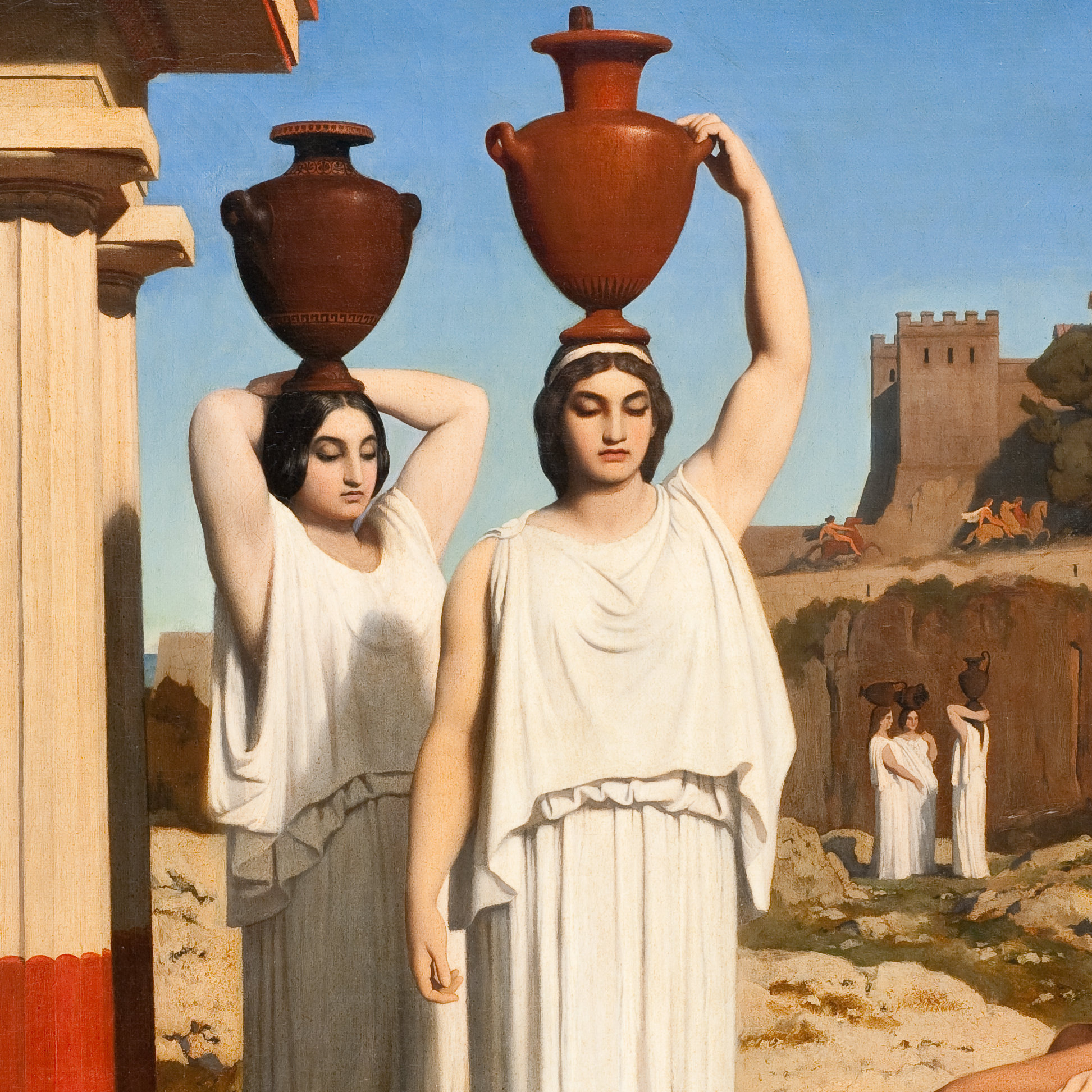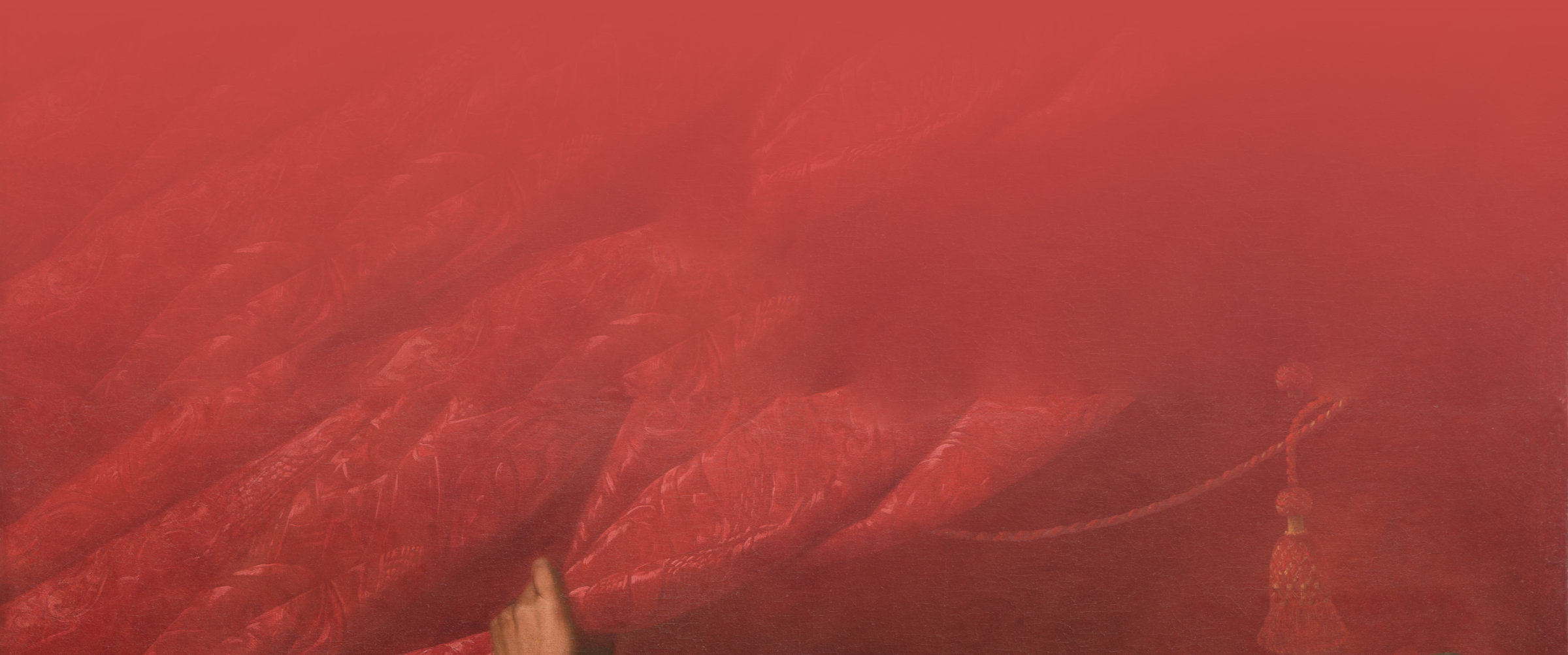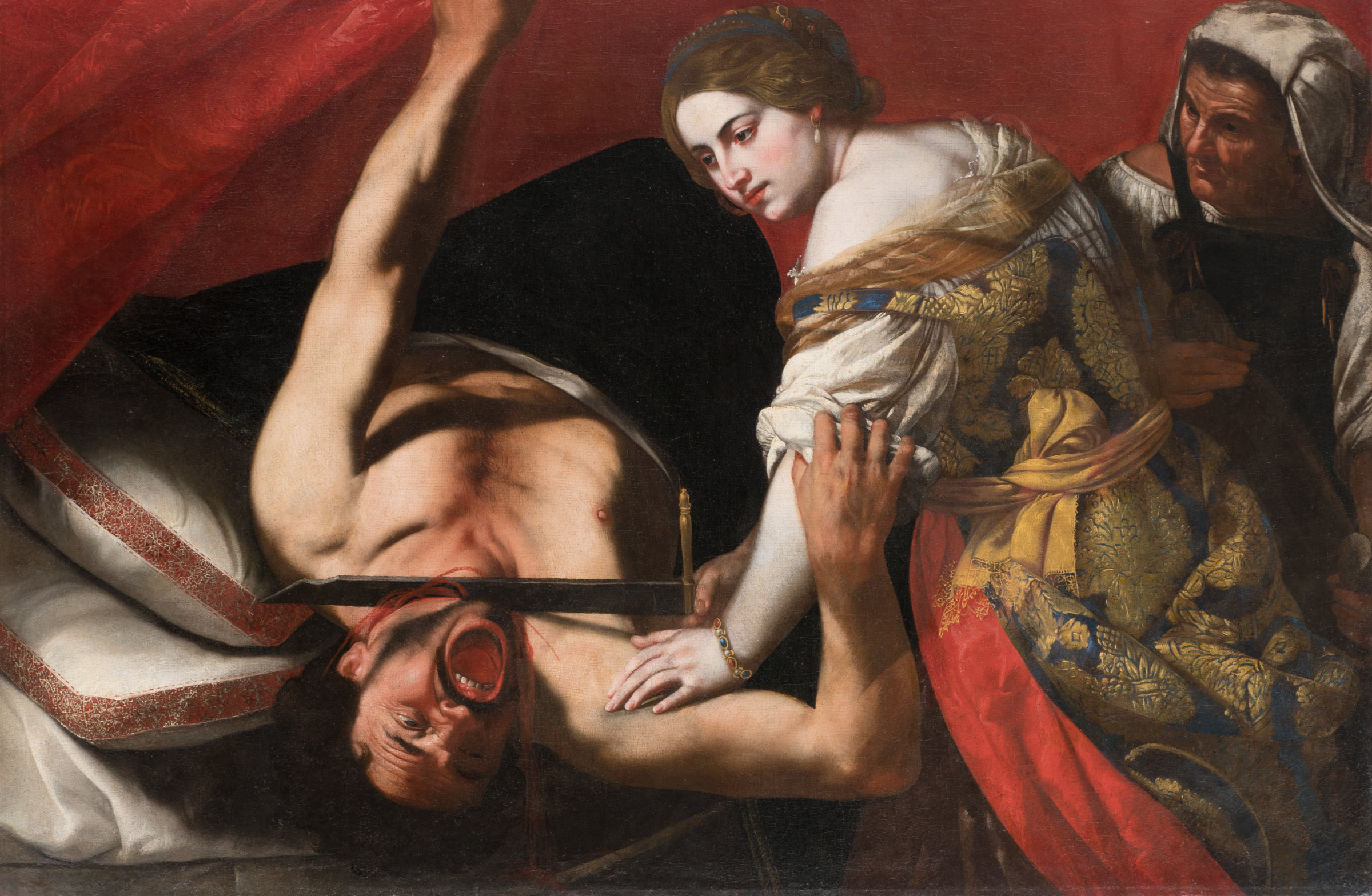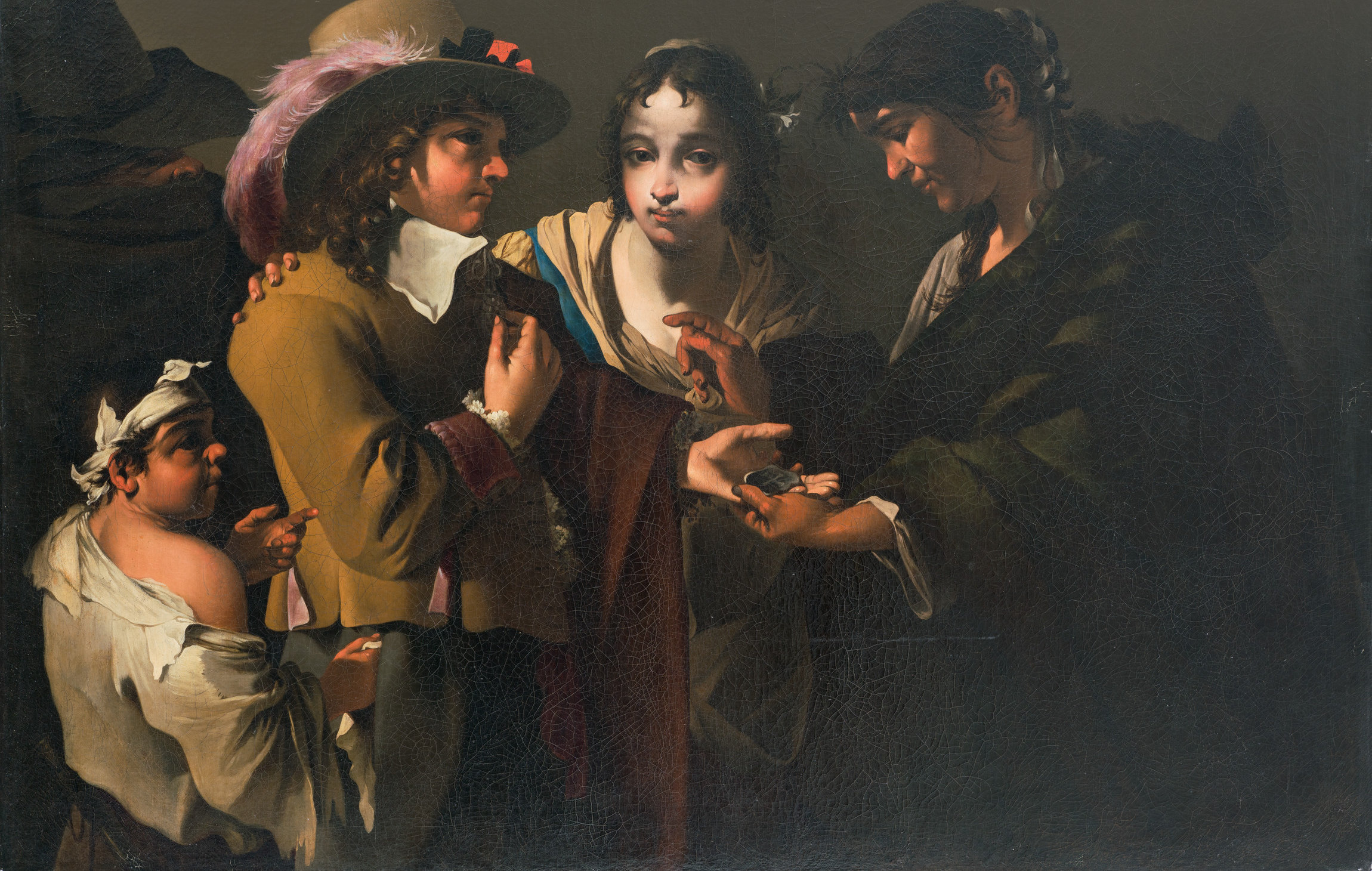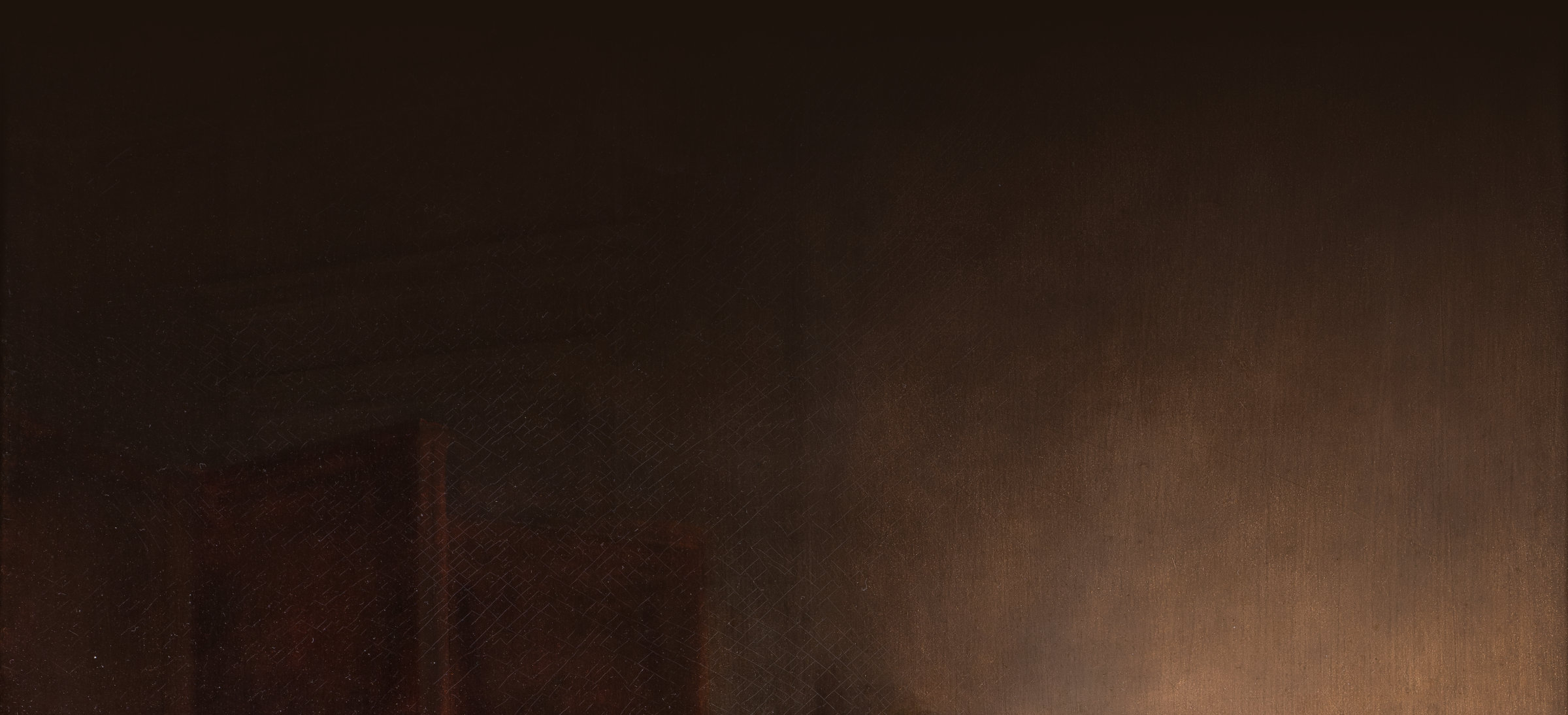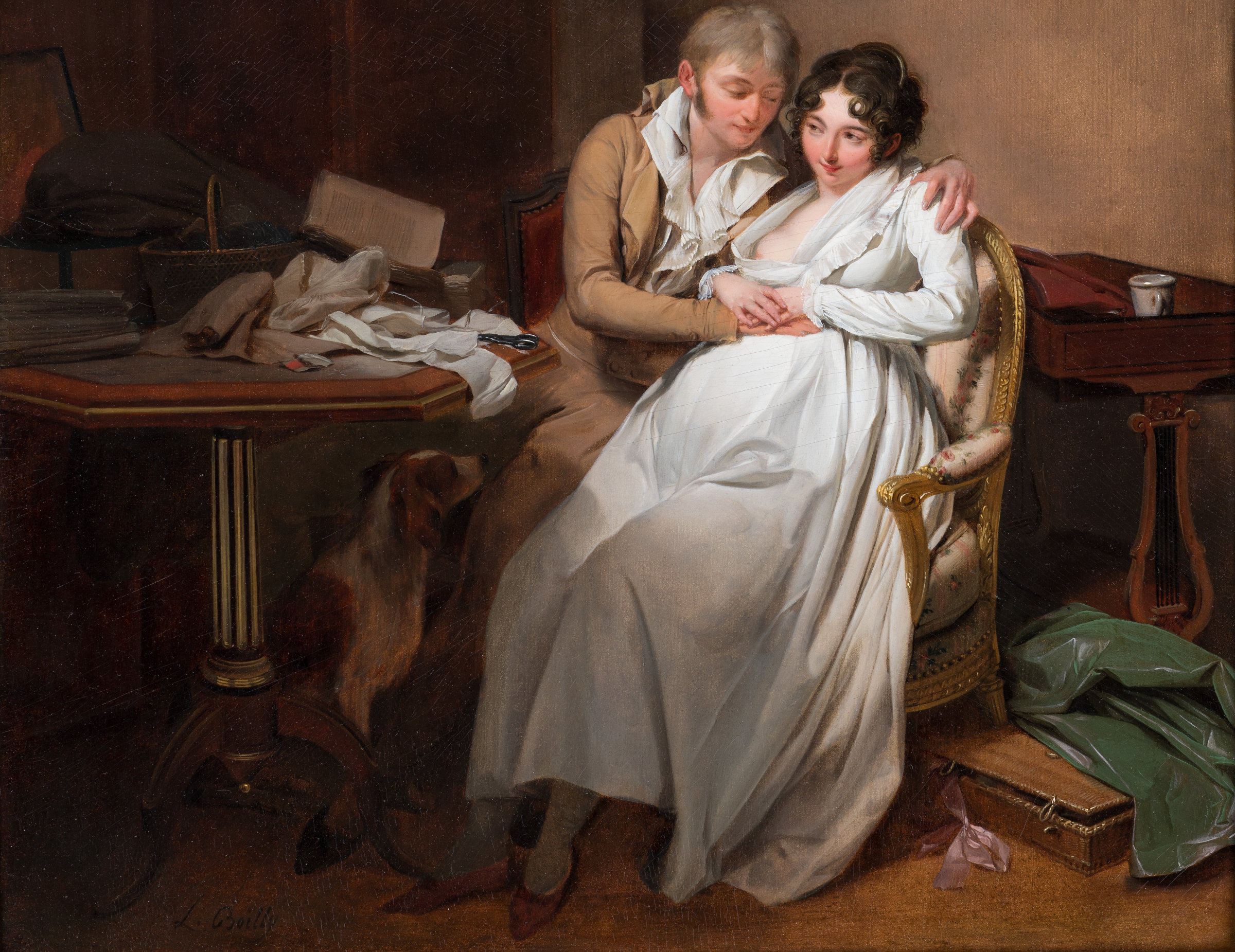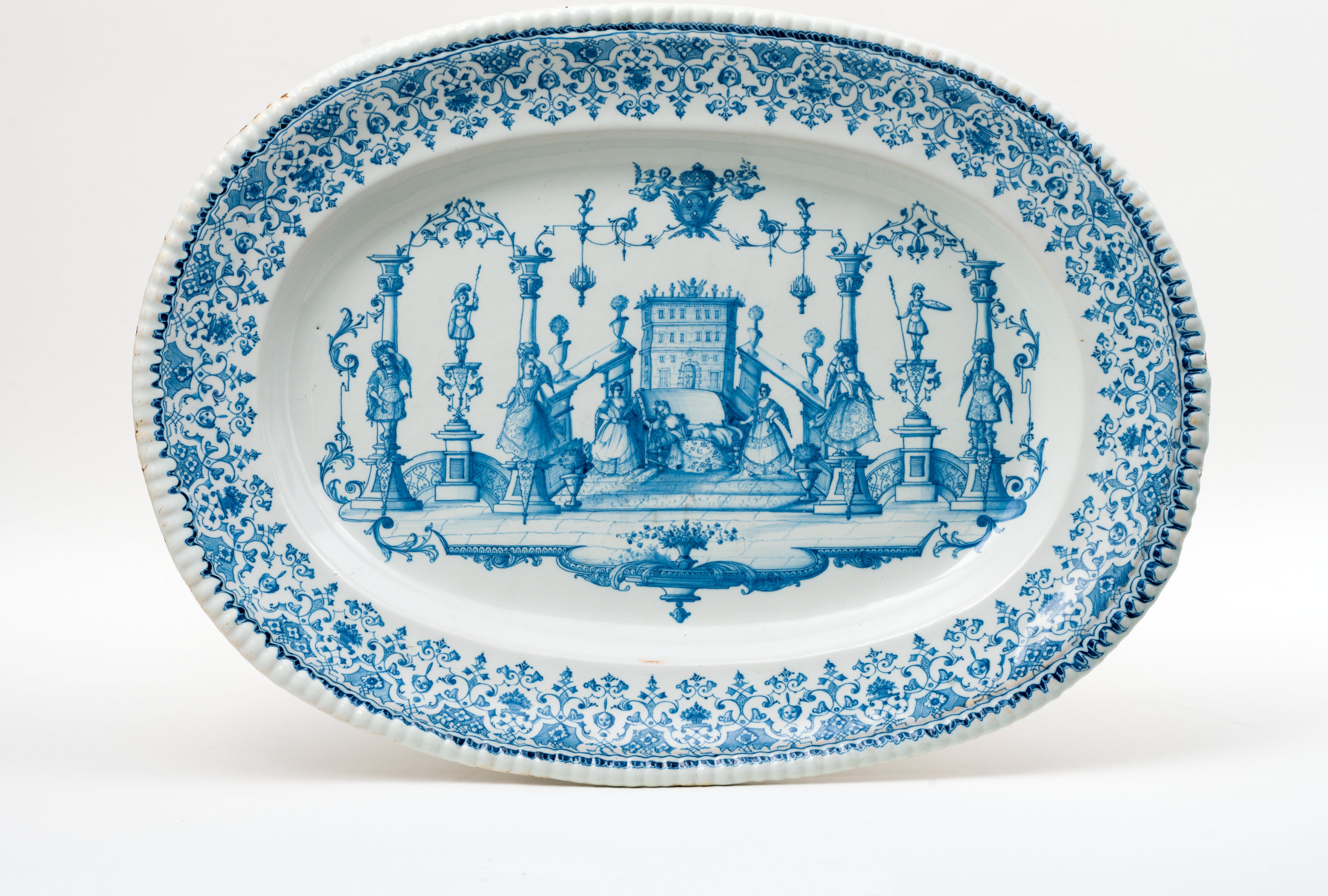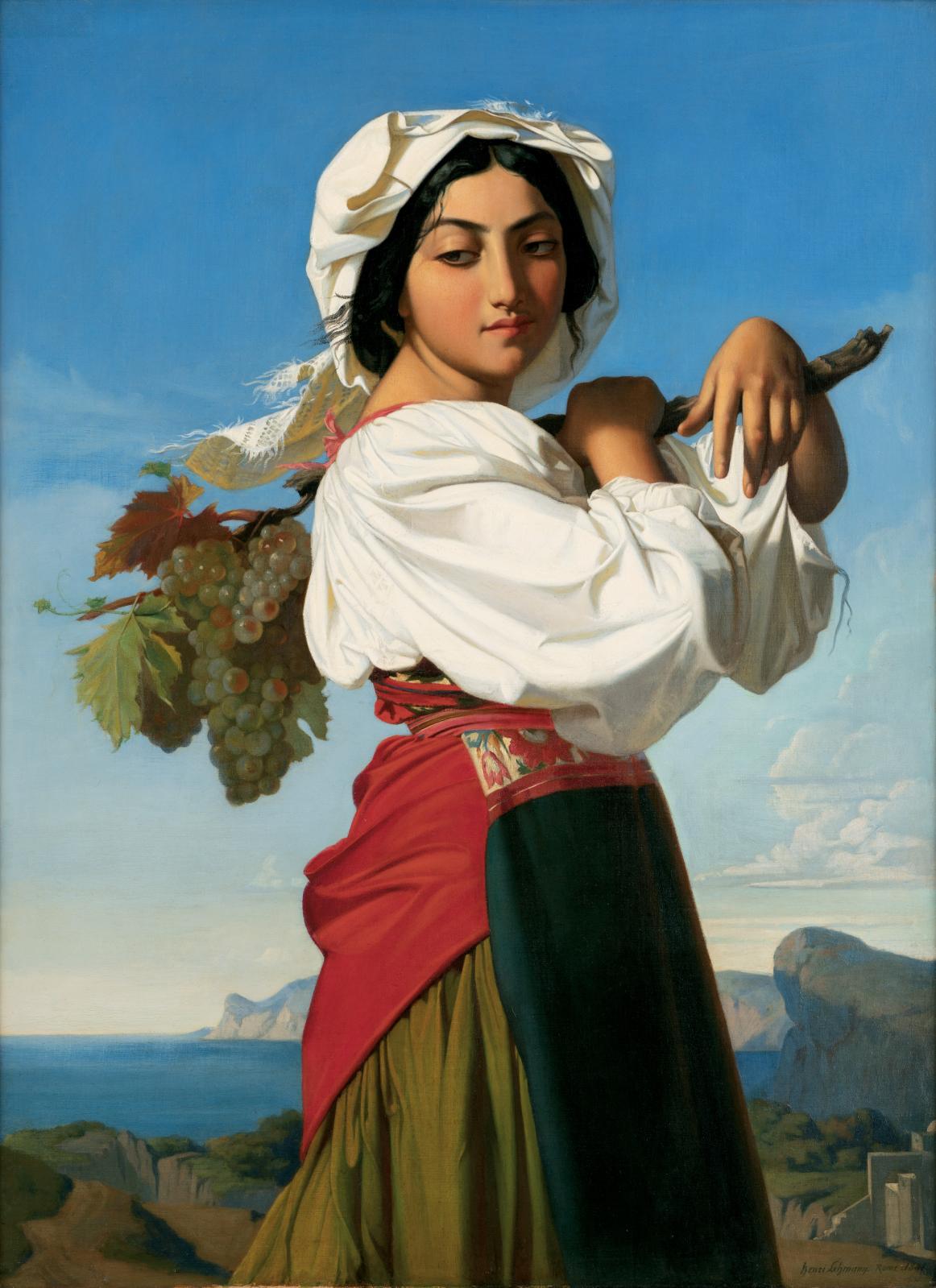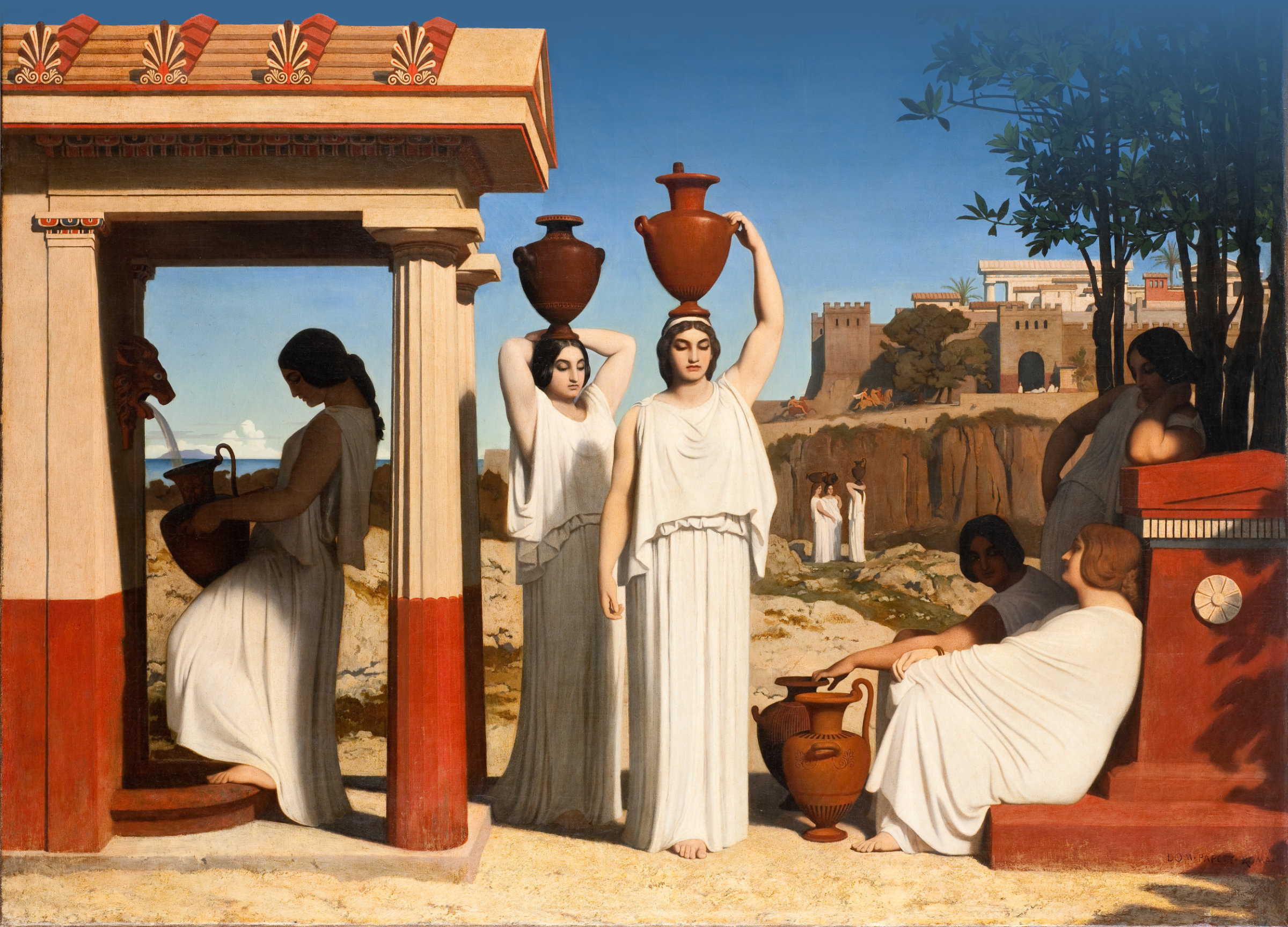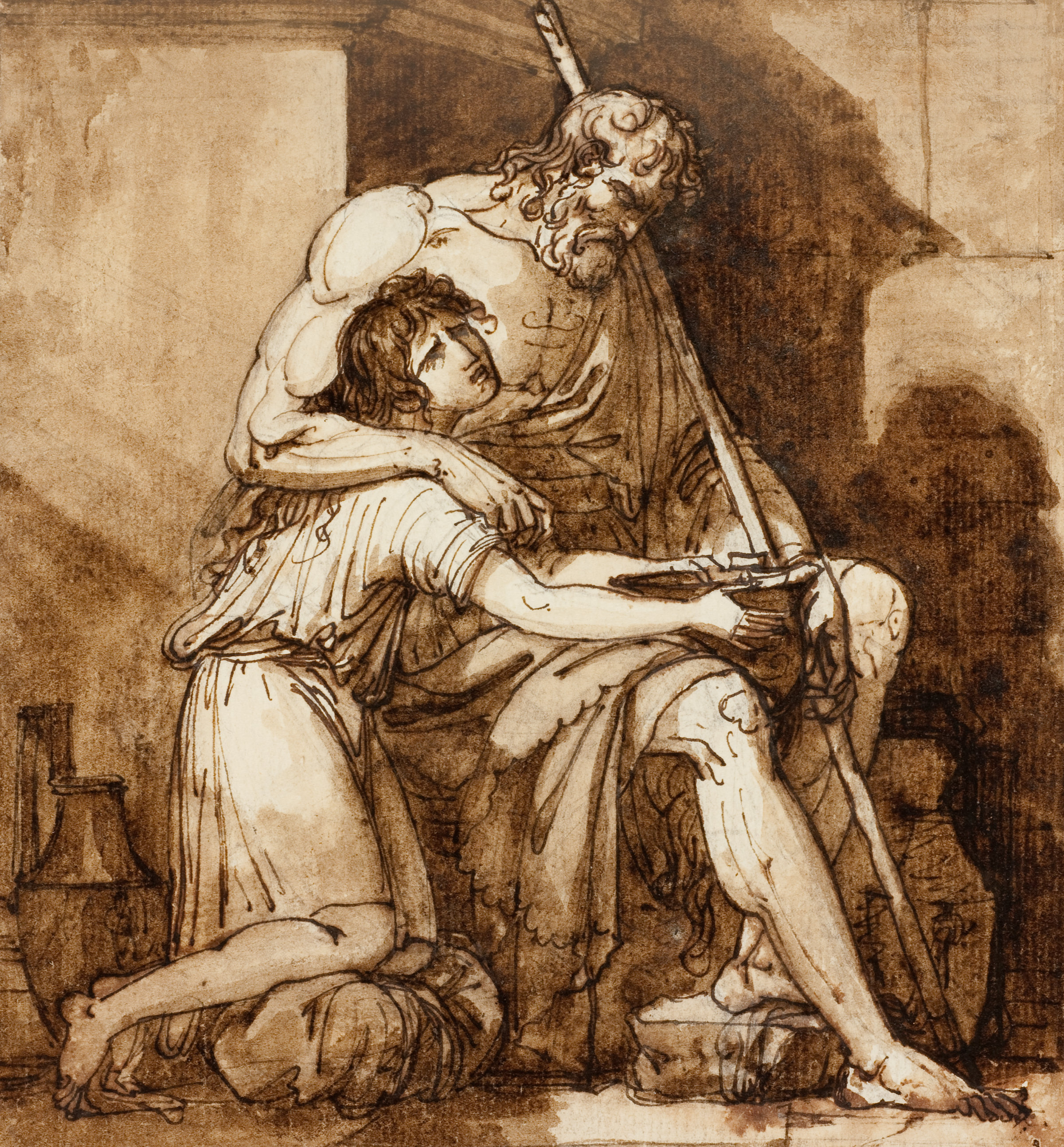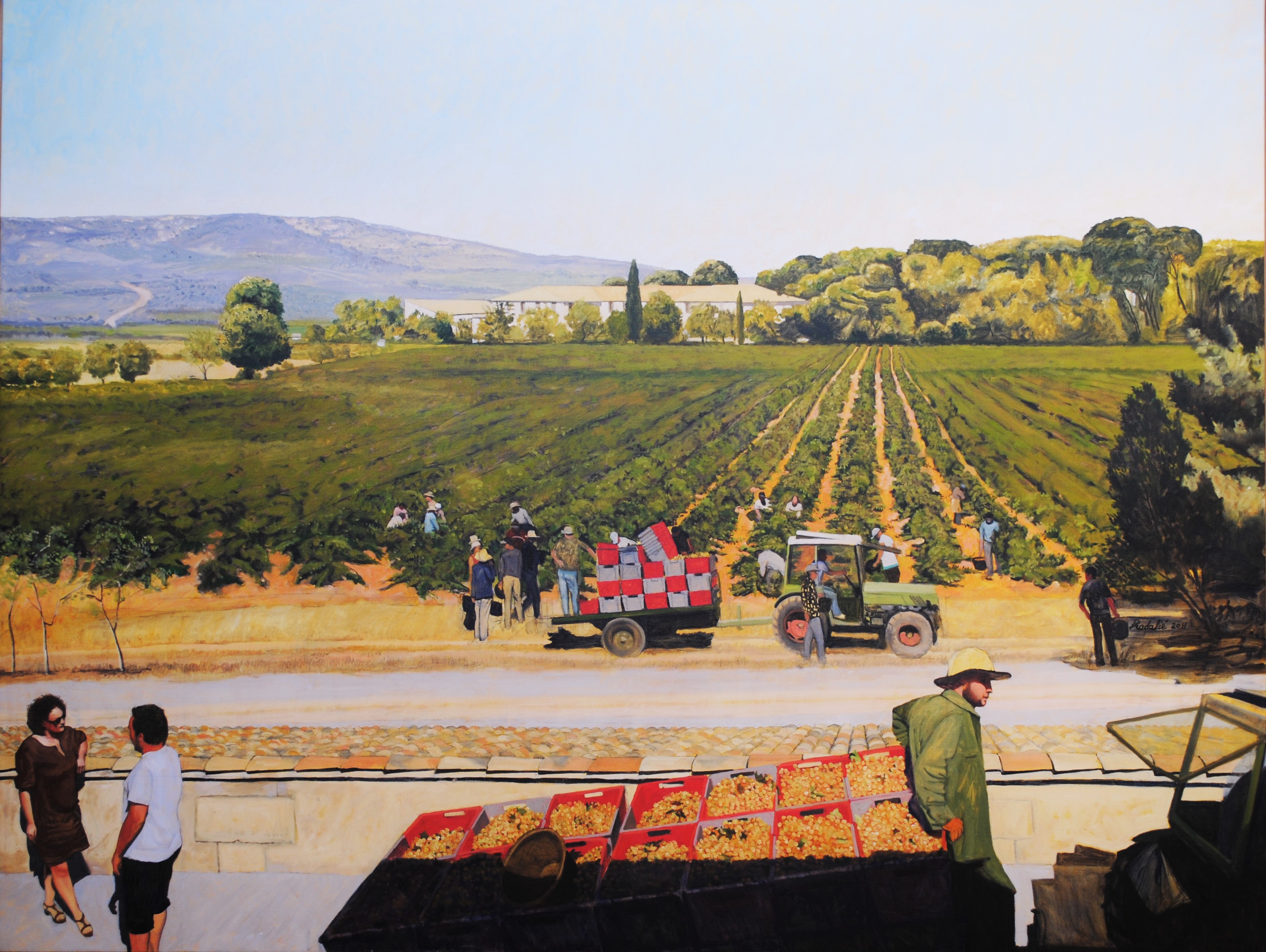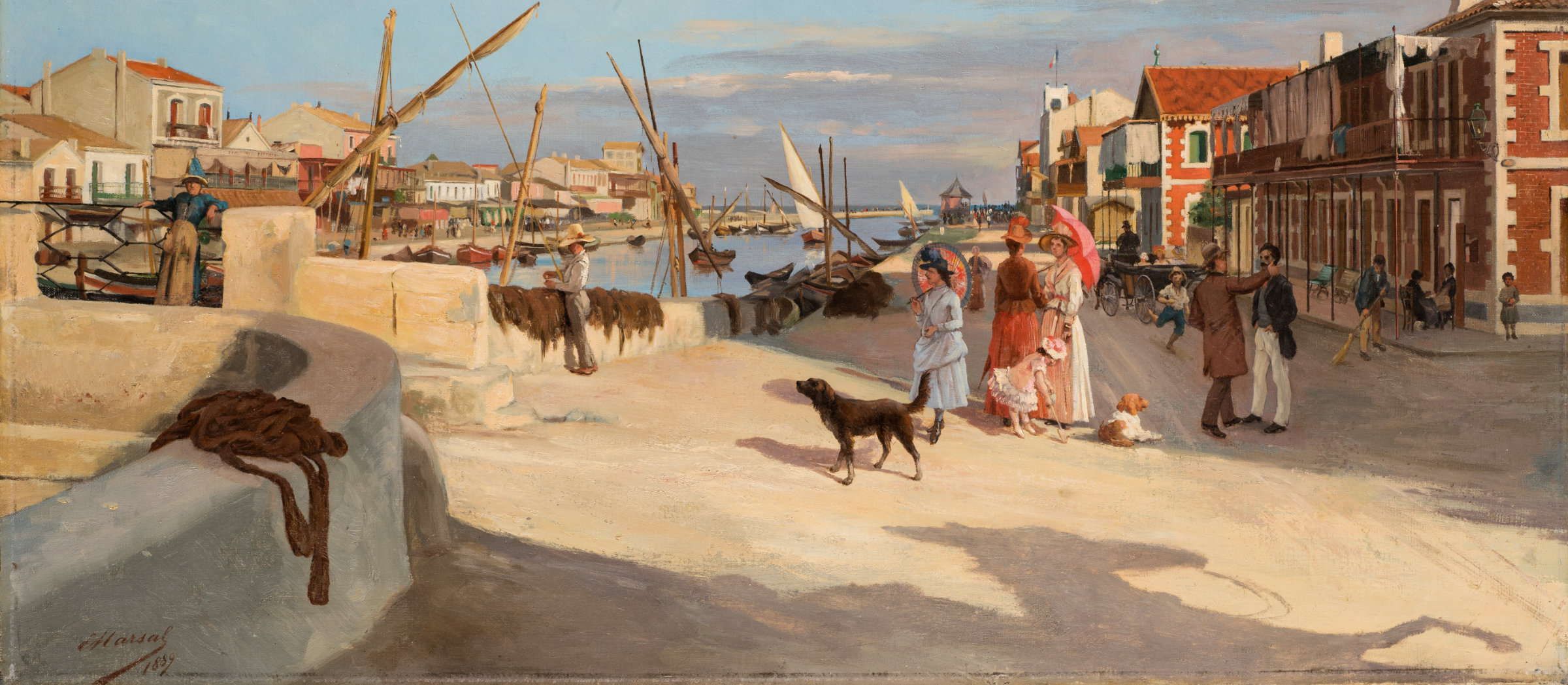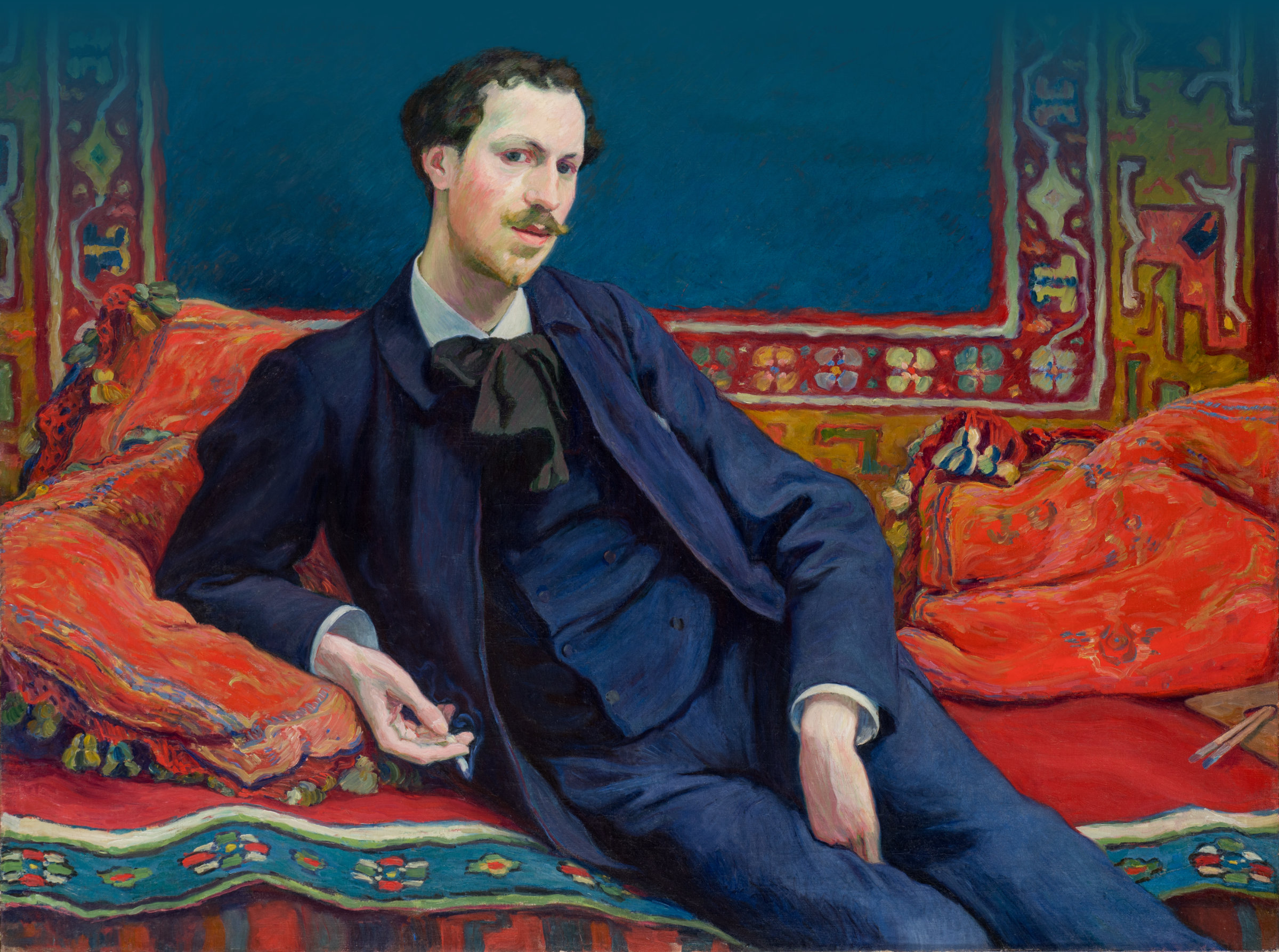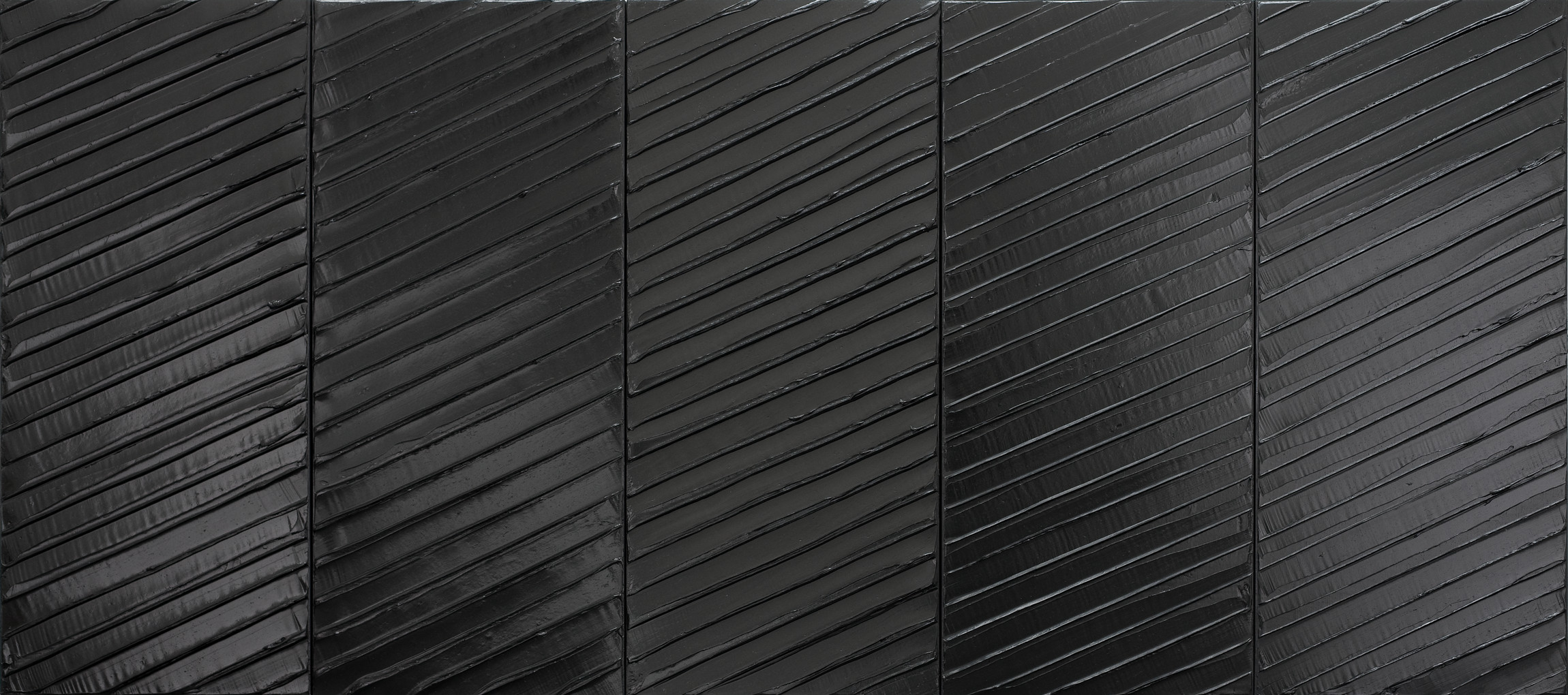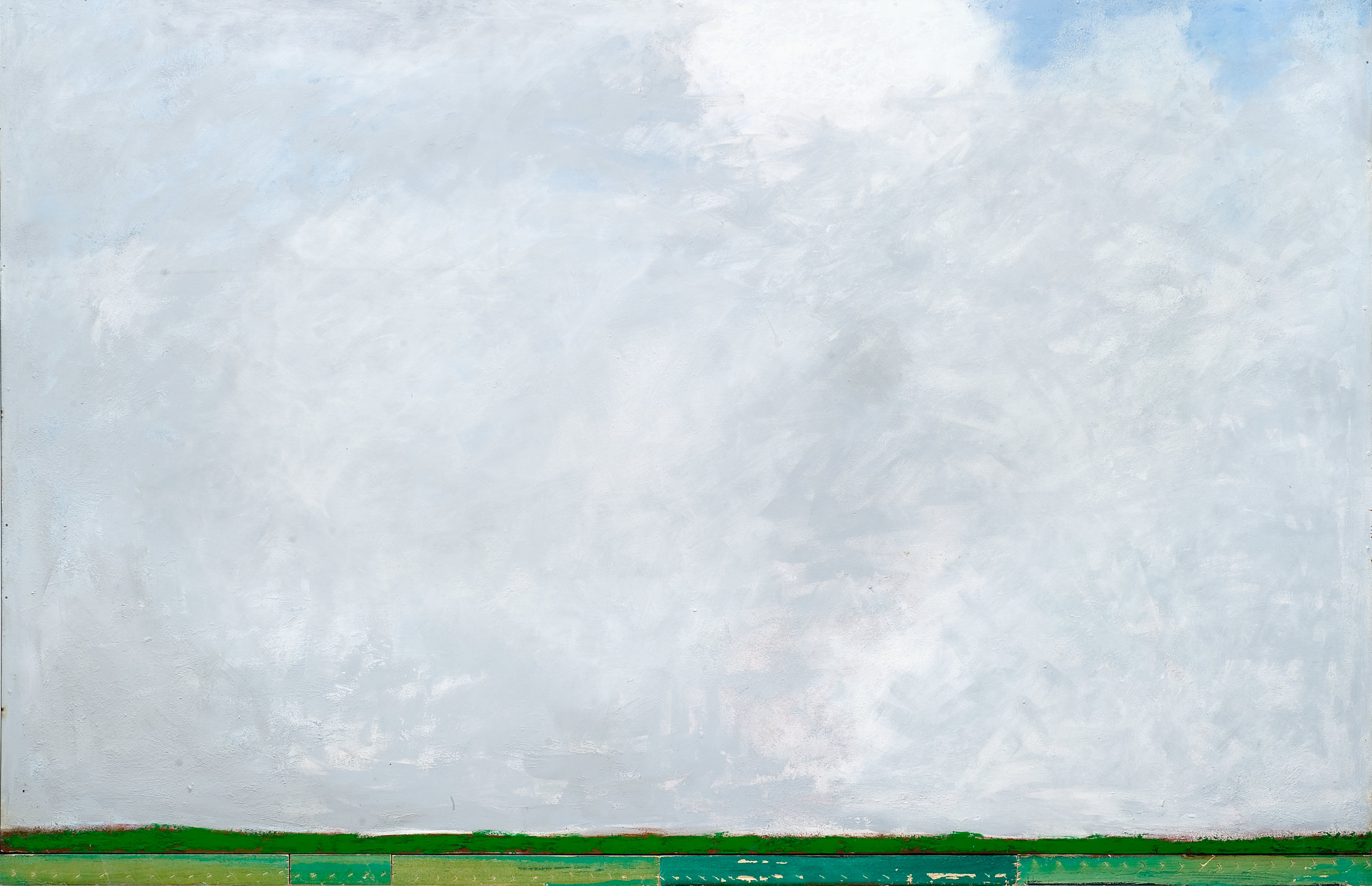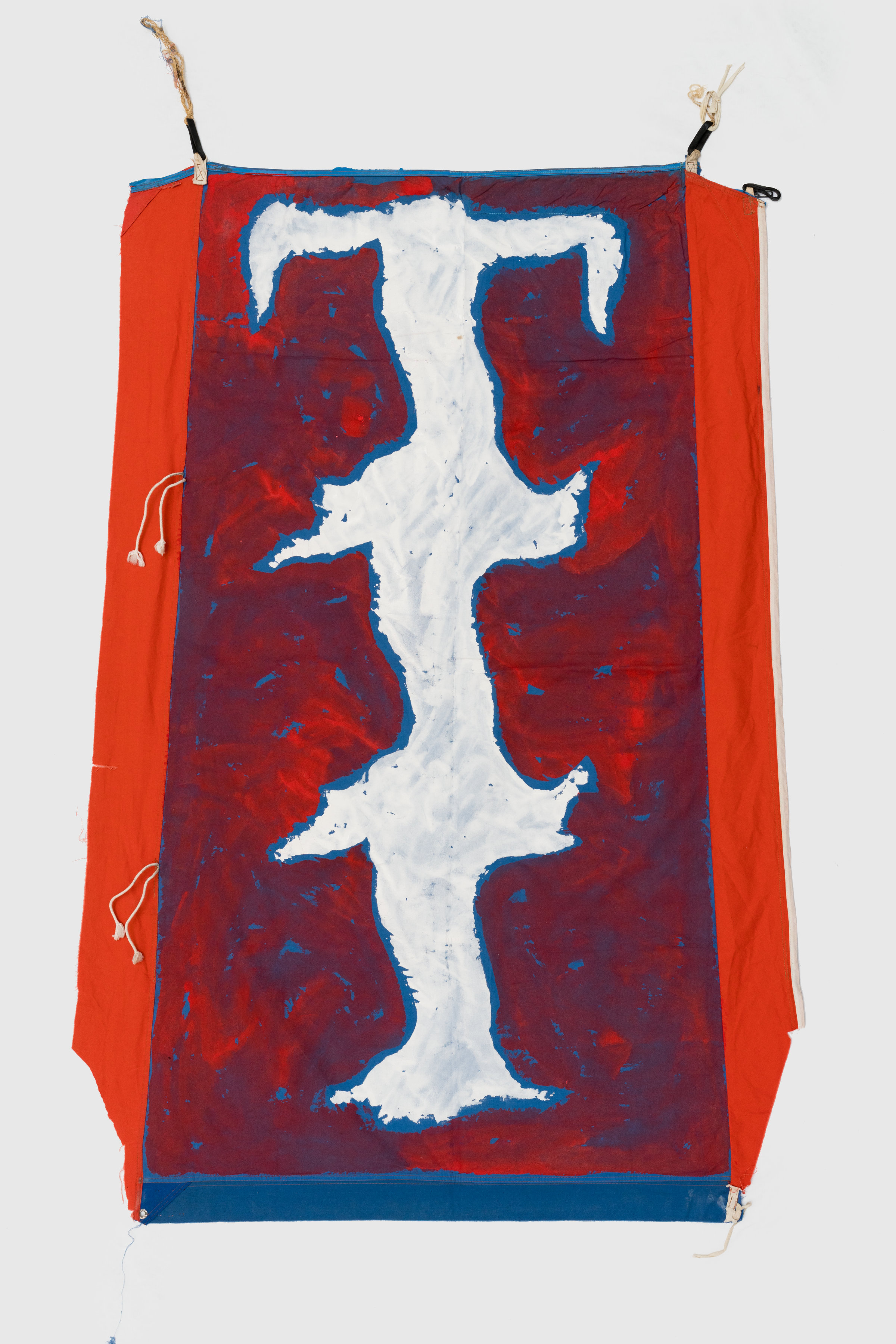
Lamentation sur le Christ mort, Vers 1610 - 1611
Huile sur toile, 120 cm × 158 cm
2012.10.1
Since its foundation in 1825, the Musée Fabre has owned a significant collection of Italian paintings from the 16th and especially the 17th century, which is still being enhanced today. This singularity can be explained by the tastes of its founder, François-Xavier Fabre (1766-1837); born in Montpellier, this painter and collector spent more than thirty years living in Rome, then Florence. He became fascinated with the artists of the Italian peninsula, especially the 17th century Florentine and Bolognese painters. On his return to Montpellier, Fabre donated around one hundred Italian paintings to his native city.
Today, the acquisition policy of the Montpellier museum strives to perpetuate this taste, while opening up its collections to hitherto underrepresented Italian movements and territories. Caravaggio’s painting, which was very popular with contemporary audiences, finds a masterful and moving expression in Leonello Spada’s The Lamentation over the Dead Christ, a National Treasure acquired in 2012. Neapolitan painting has also received special attention, as since 2013, paintings by Andrea Vaccaro, Bernardo Cavallino, Salvator Rosa and, most recently, a spectacular Judith and Holofernes by Filippo Vitale donated to the museum (on display from 28 January) have illustrated the sense of drama and love of chiaroscuro characteristic of Neapolitan painters. The Mystical Marriage of Saint Catherine by Giovanni Battista Paggi (on display until January 27) offers a different aesthetic, one that is both devout and precious, from the beginning of the 17th century.
